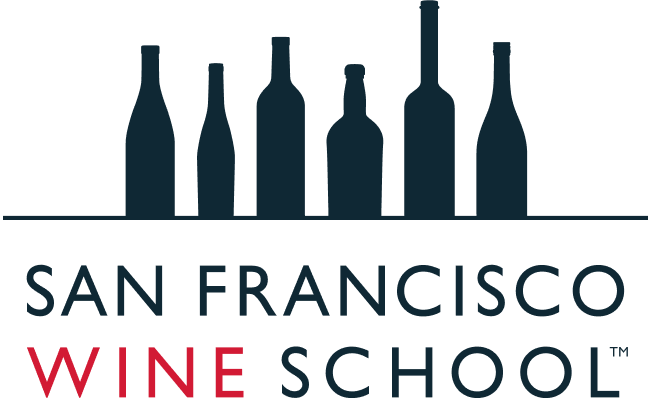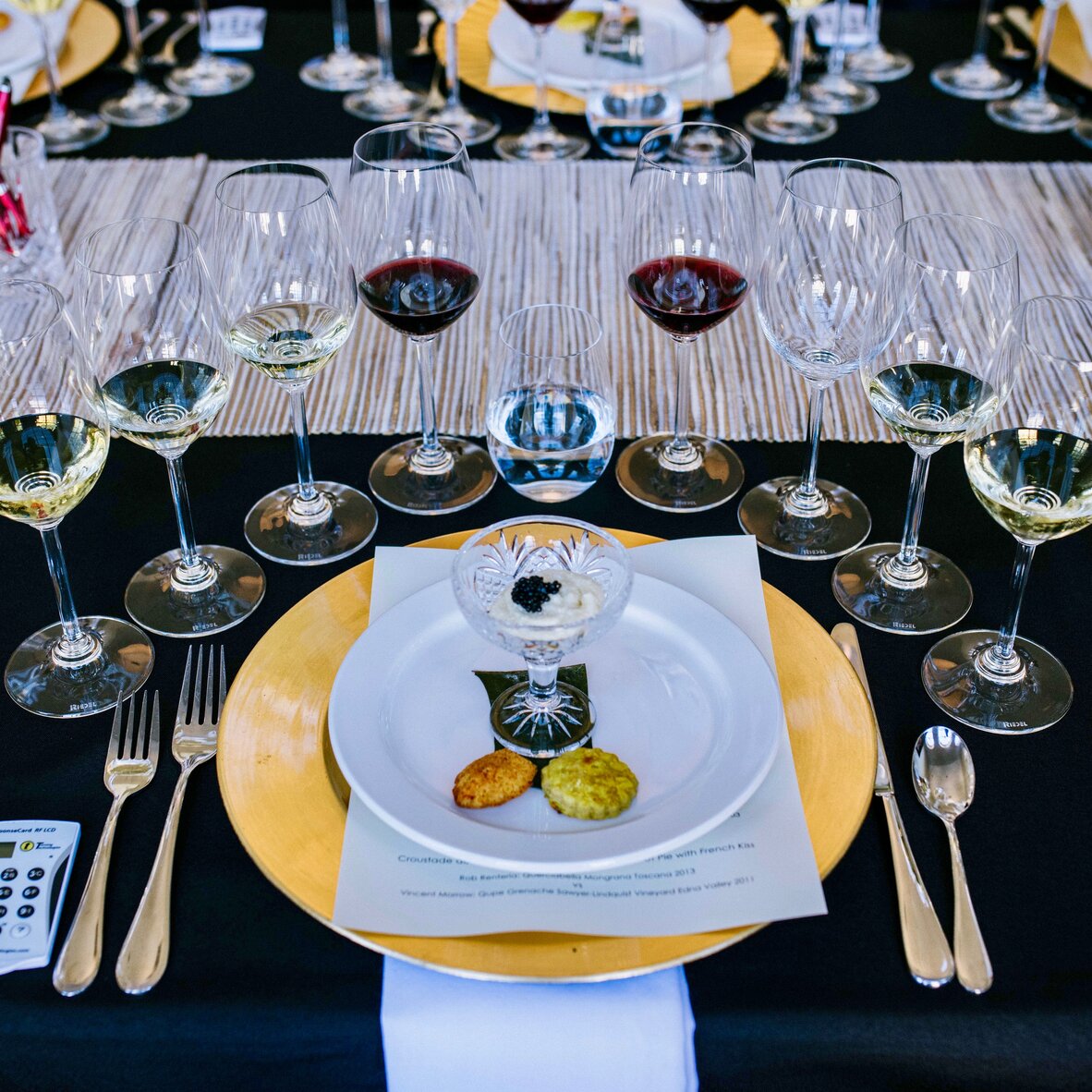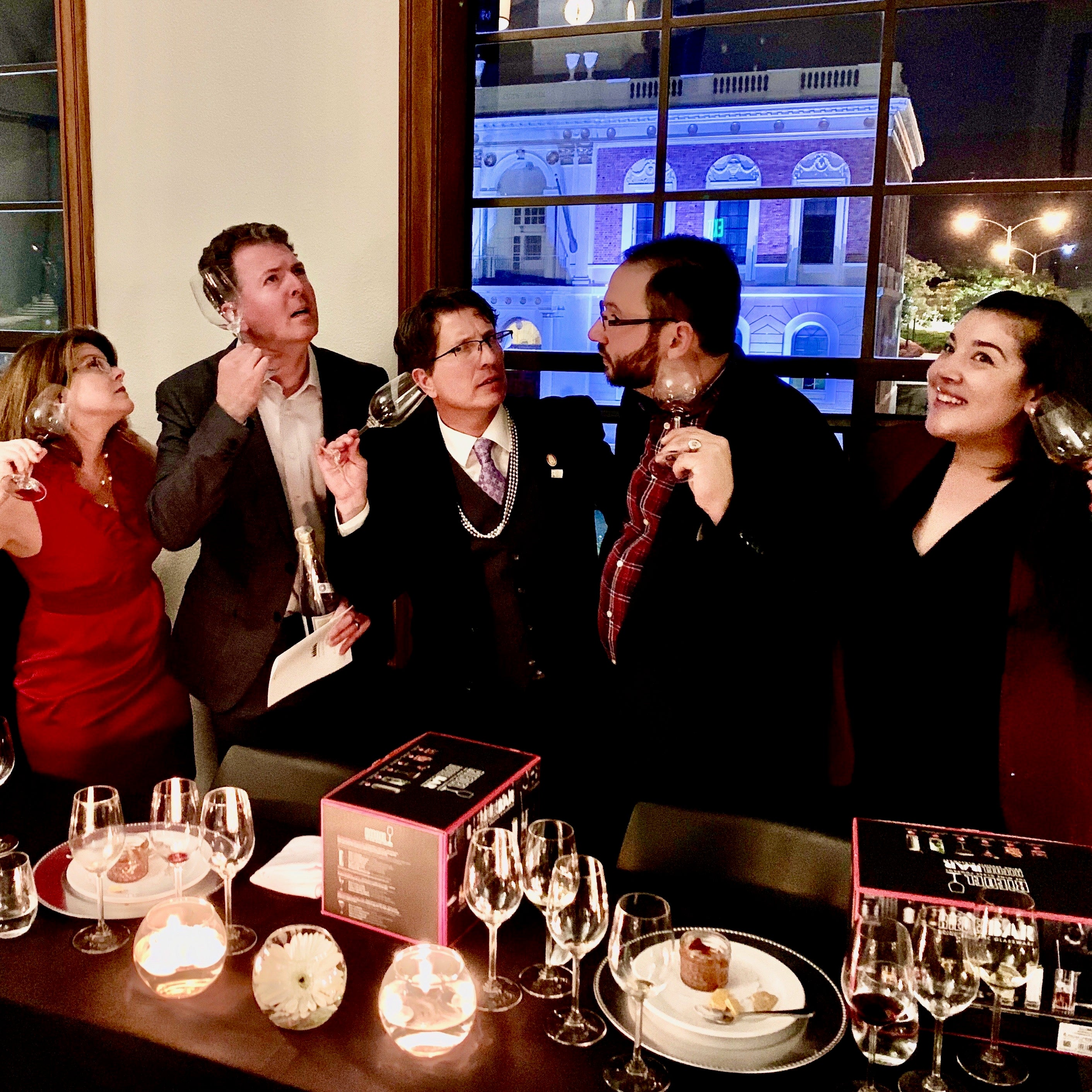Why Pair Wine And Food?
Wine and food always interact during a meal. When we put either in our mouth, it temporarily changes the chemistry of our mouth. And, after we swallow, some residue of the food or wine remains, even if we take a sip of water.Many people are skeptical about food and wine pairing. But, the interaction of food and wine is unavoidable. Why not try to make it as pleasant as possible. Pairing food and wine makes just as much sense as matching sides with a main dish.
But why do we talk about wine and food pairing, not cola and food pairing, or milk and food pairing. For one, wine and food have been served together for centuries, so there is tradition associated with it. Second, wine is incredibly diverse, whereas colas and milk are neither as complex nor as varied. Finally, most people learn when they are kids what goes well, or horribly, with cola or milk. Chocolate chip cookies are fabulous with both, canned plums not so much.
There are reasons why some combinations work and others do not. Success or failure has more to do with the particular chemistries of the food and wine than it does with their flavors. For example, we often talk about drinking tannic wine with steak. We don’t worry about whether that wine tastes like cherry instead of blackberry.
What Are The Two Basic Rules Of Wine And Food Pairing?
The most common answer is, “pair red wine with meat, pair white wine with fish.” However, there are so many exceptions that these “rules” are best forgotten. There are two guidelines, though, which are important pretty much all the time.Ensure the wine is sweeter than the food. This is not to say you need to pour a dessert wine with baked beans. But, if the food is sweeter, the wine will taste lifeless and its fruit will seem to disappear. So, pair a fruity, slightly sweet Zinfandel with those beans.
Match the body of the wine to that of the food. An imbalance in viscosity between the two will be both obvious and awkward. Beaujolais Nouveau would seem even thinner and less substantial when served with a thick, hearty stew. A more full-bodied red, such as Syrah, will hold up much better.
A bonus, third rule is to match intensities. If either the food or wine is much stronger than the other, the weaker item will get blown away. If the star of your dinner is a complex, but delicate, 30-year old Burgundy, pair it with a subtle food. If the meal is spit-roasted wild boar, bring out a a powerful, fruity (or savory) wine.
How To Pair Wine And Food
The goal of wine and food pairing should be to create harmony. Trying to find a “perfect” pairing that makes angels sing is unrealistic. So, the first step is to do no harm—avoid bad pairings. The second is to make a complementary match, in which the strengths of one compensate for imbalances in the other.The best way to do this is to look at the attributes of each. Wine always has body, acidity, mouthfeel, and alcohol. Sometimes wine has sweetness, tannins, fruitiness, and/or umami. Food always has mouthfeel, plus some combination of acid, fat, and salt. Sometimes it has umami and/or spice. You can create balance or harmony by pouring the right wine, just as a chef would with a squeeze of lemon or a dash of salt.
Think about the side dishes, sauces, and cooking methods, not just what the main protein is. Let’s take steak as an example. It’s flavors and textures will be different between outdoor grilling, pan searing, or butter-poaching. The steak might have green peppercorn sauce, blue cheese sauce, truffle butter, or a red wine reduction. Sides of creamed spinach, broccoli, or onion rings might be best with different wines.
Wine and Food Pairing Guide
Let’s start with the basic components.
You can match bitter foods with wines, typically tannic reds, that have a bitter component. Or, you can balance the food’s bitterness with a very fruity, or slightly sweet, wine.
You can match tart or sour food with a high-acid wine. Or you can balance it with a wine that has sweetness.
You can match food that’s a little sweet with a similar wine. Or you can go with an even sweeter wine. Don’t try to balance sweet food with bitter wine.
Very few wines are literally salty. So you can’t match a salty food. But, you can balance the salt with a sweet wine, a high acid wine, a tannic wine, or sparkling wine. (The carbon-dioxide and acidity in bubbles helps hide saltiness.)
You can match a rich, fatty food with a similarly rich wine, such as a full-bodied Chardonnay. Or you can balance it with an acidic, sweet, or tannic wine.
You can complement umami-rich food with a savory wine, or balance it with fruity or lightly sweet wine.
As you can see, in many cases, a wine that is high-acid, somewhat sweet, or both is a good choice. That’s why sommeliers love Riesling.
Tune the Food
If you’re cooking, you’re in the perfect position to make sure the wine and food are a blissful pairing. But, even as a diner, you can make adjustments to the food. You can add salt, a squeeze of lemon, or a bit of sugar to tweak the food’s profile to work better with the wine.
Tune the Wine
You can make a wine seem more acidic and lower in alcohol by cooling it down. You can make it seem more fruity, full-bodied, and less acidic by letting it warm up.
Regionality
In Europe, where local foods and wines have existed together for hundreds of years, they have evolved to be complementary. Fourteenth century monks, for example, weren’t thinking about food and wine pairing. However, it’s natural to either avoid or change things that are unpleasant. So, over many years, adjustments were made. So, if you’re having food strongly associated with a particular area, such as Choucroute Garnie from Alsace or Catalan zarzuela (fish stew), consider pairing it with wine from those regions.Specific Suggestions for Problematic Pairings
Artichokes and asparagus are green vegetables, but have an odd sweetness as well. Pair them with a wine that complements the vegetal nature and has enough sweetness to keep up, or a slight bitterness which balances. New Zealand Sauvignon Blanc generally work well. Grüner Veltliner is another great choice.
Tomatoes, fresh or cooked, have a surprising amount of umami along with their acidity. Sangiovese is a complementary wine because it has plenty of acidity and umami too. Coincidentally, some Sangiovese also includes the flavor of sun-dried tomato or tomato paste.
Wineries and restaurants love to do wine and chocolate tastings for Valentine’s Day. Unfortunately, the combination is usually horrible. Chocolate can be very sweet. It can also be bitter and have umami. Banyuls, a fortified wine from southern France is probably the best, all-around pairing for chocolate. But a good, Late Bottled Vintage Port can work too. Both have enough sweetness and fruit to balance whatever the chocolate brings to the table.
Wine And Food Pairing Classes
The San Francisco Wine School offers food and wine pairing curriculum in a variety of workshops and courses. Brief workshops might use condiments, such as salt, lemon, sugar, pepper, etc. to show how various wines are affected. Longer, more detailed classes offer more wines and actual, prepared foods. We also do events that include pairings with small bites and full, gourmet meals with wines paired by celebrity sommeliers.This article provides a solid overview of food and wine pairing and some specific tips. But there’s a lot more to know. And experimenting with pairings that you can actually taste is the best way to learn. To learn more, browse our food and wine pairings programs and workshops to find the best fit for you.



